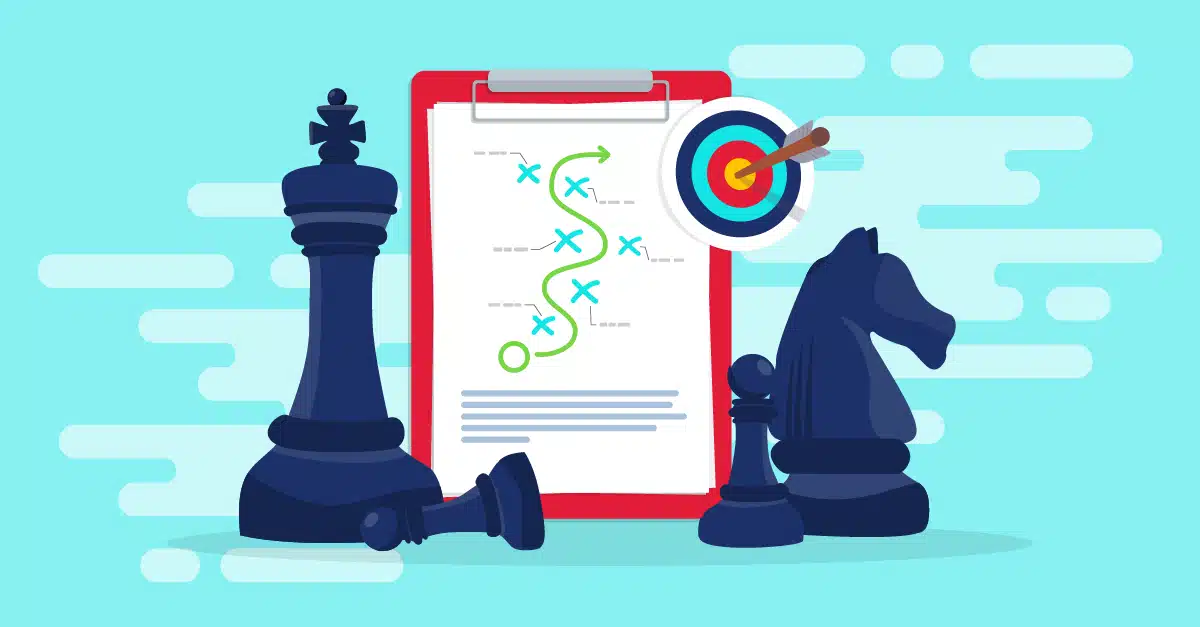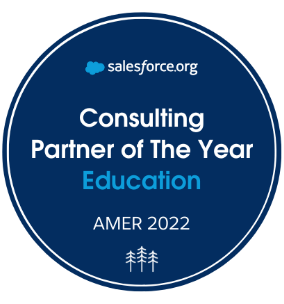
Attain Partners’ Gil Tran, former OMB Senior Policy Analyst, answers FAQs on the NIH’s Indirect Cost Rate Cap
The NIH’s recent policy (NOT-OD-25-068) to immediately cap the indirect cost rate at 15% for all new awards and existing awards at universities has left researchers with more questions than answers. How can research institutions navigate this situation while trying to fill the funding gaps and maintain essential support for groundbreaking research? Attain Partners is here to help.

On February 12, we hosted a live panel discussion with over 3,000 attendees from the research community. Now available on demand, this session analyzes the new policy, breaks down the immediate and long-term impacts of this funding cut, and explores strategies to adapt and respond to the evolving landscape. Our team also collected over 350 questions submitted by participants. Read on to hear Gil Tran’s answers to the top seven questions regarding the NIH’s flat rate for research overhead and watch part two of our discussion from February 26, 2025.
on-demand
Discussion Part 2: NIH’s Flat Rate for Research Overhead – Continuing to Adapt and Respond
Q: With the Temporary Restraining Order (TRO) in place, what do research institutions do now? Do the IHEs continue with the rate agreements that they had in place prior to the NIH February 7th policy guidance, or do they start using the 15% indirect cost rate on February 10th?
A: For non-IHEs organizations, the new rate will only apply to the new NIH grants, so there are no immediate actions required until you receive the new award. For IHEs, the policy applies to current grants. However, due to the TRO issued on two lawsuits on February 10th, the NIH policy is technically on hold and you should continue operating under your current rate agreements.
However, the TRO only goes through Friday, February 21. For now, start preparing but don’t implement any new rates until we have more clarity from the lawsuits. This is a call to action—while it is business as usual in that you continue operating under your current rate agreements, you should begin a readiness process to ensure that you are ready to adapt. At the minimum, you should calculate the financial impact if the new rate is implemented.
For grant proposal submissions on or after February 10, 2025, current NIH guidelines require that proposals include the organization’s Rate Agreement with each proposal, which displays the negotiated IDC rates. Continue following this practice and request the negotiated rate until further notice from NIH. Indicate that you are using your negotiated rate as the new rate is not effective at the time of submission and that if it becomes effective, your organization will comply.
Q: Some universities may need to recreate each grant in their system with the updated Indirect Cost rate, which could be a significant logistical challenge. Should we advise to hold off and see how the lawsuits progress?
A: Yes. Universities may want to plan for implementation but hold off until we have more clarity on the outcome of the lawsuits.
Q: Does this apply to existing grants, or only future grants?
A: Both new and existing grants are subject to this policy change. Effective February 10, 2025, all existing grants at colleges and universities, as well as any new grants issued to all grantees (including at research hospitals), will be capped at a 15% indirect cost rate. Note that the policy is on hold until February 21 due to the TRO.
Q: Does the 15% indirect cost cap apply to all types of funding and agreements?
A: It does not apply unilaterally across the board. See the below list for different applications:
- Subawards: Yes
- Contractors (e.g., 1099s): No
- Vendors: No
- Contracts (vs. Grants): The cap applies to grants, but not to contracts.
- Cooperative Agreements: Yes
Q: When does the 15% rate take effect for Letter of Credit drawdowns?
A: The policy states that the 15% rate is effective as of February 10, 2025, for existing grants at IHEs. Any drawdowns after this date by IHEs can only include expenses with an applied rate of 15% of Modified Total Direct Costs (MTDC). Note that the policy is on hold until February 21 due to the TRO, so continue to use the current rate agreements for drawdown until the resolution of the lawsuits.
Q: Can costs be shifted between direct and indirect cost categories?
A: There are two key considerations when deciding between direct and indirect costs:
- Rebudgeting from indirect to direct cost categories within the total budget with a grant: This is generally allowed as long as the total amount rebudgeted is less than 25% of the total budget and the scope of the project remains the same (pending confirmation from NIH).
- Shifting indirect costs to direct costs for future rate determination: This is permissible as long as the change is applied consistently across all grants, regardless of the funding source, to ensure compliance. For those universities that are required to maintain the DS-2 due to the CAS-covered contracts, the changes in charging methodologies must be documented and approved by the Federal Government.
Q: In the announcement from the NIH, it stated that all IDC for NIH grants will be 15%. Is this the case for grants that have historically allowed a lower IDC such as the K awards or awards to foreign organizations that have a cap of 8%?
A: No, the policy is not raising the current lower standard rate of 8%. The policy is replacing the negotiated rates with the 15% and not the lower standard rate (e.g., 8%) that are not negotiated. The lower standard rates are not based on actual costs and represent NIH allowance to grantees to recover some of the administrative costs incurred by the project.
Contact Us
With decades of experience in the research ecosystem, Attain Partners is ready to help your institution navigate these changes. Reach out to learn how we can support you. Contact us today.

About the Author

Gilbert Hai Tran is Senior Specialist Leader, Grants Management within the Attain Research practice. Previously, he served as a Senior Policy Analyst with the Office of Management and Budget (OMB), Office of Federal Financial Management (OFFM).
A 27-year veteran of OMB, Gil has often served as a go-to field expert and is a sought-after presenter who has earned a reputation as a source of knowledge and an engaging industry speaker. Among his contributions in shaping the financial assistance landscape for future generations are: helping reduce the audit burden for both auditees and federal government oversight agencies; playing an integral role in the development of the Uniform Grant Guidance (UGG) and consolidating cost principles in the guidance; and, in 2005, leading the development of the first-ever government-wide waiver to provide relief to grantees caused by natural disasters.
Gil’s professional contributions have been recognized with several awards including the OMB Robert Damus Award, the National Grants Management Association (NGMA) Newton Award, and the Association of Government Accountants (AGA) Frank Greathouse Distinguished Leadership Award all in 2022 as well as the National College and University Research Administrators Association (NCURA) Joseph F. Carrabino Award in 2015. He is widely recognized as an outstanding leader in the grants management field.
Gil received a Bachelor of Science degree in accounting from George Mason University, Virginia. He is a Certified Public Accountant and a member of the American Institute of Certified Public Accountants. Additionally, he chaired the Diversity Committee for the U.S. Tennis Association (Mid–Atlantic Section).

Be the First to Know
Subscribe to our monthly Pulse newsletter
to be the first to hear about new blog posts













